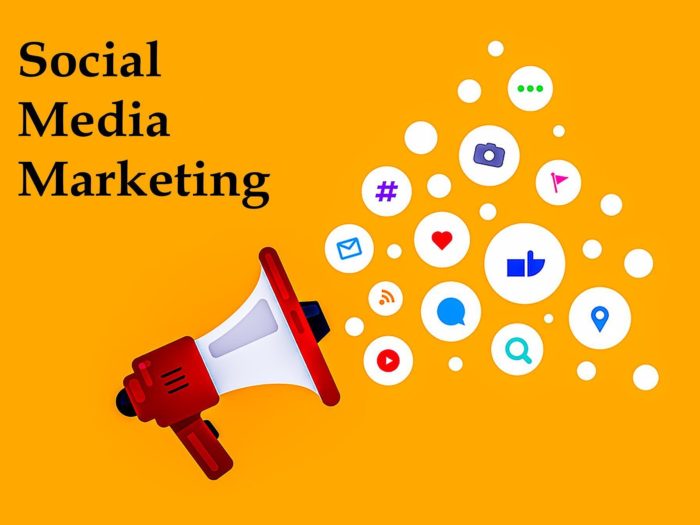Thanks to the development of the Internet your business has immediate access to a global marketplace. In ways unimagined only a few decades ago a small town enterprise can today market itself and ship products to clients worldwide, using methods that previously were the sole domain of multi-national conglomerates. But at its heart your business remains a part of its local community. That’s where the value of the traditional media release comes into play.
Your home town, the physical location of your business, will in all likelihood remain the source of the bulk of your sales and future expansion. Keeping that public informed of changes and developments to your business is why there is ongoing value to distributing media releases. The intended recipients of media releases are typically the Editor of the local newspaper(s) and those of regional magazines and the News Directors of radio and television stations that service your community. Other persons who can and should receive business-themed media releases include local Economic Development officers, Chairs of the region’s various Chamber of Commerce, appropriate Professional Organizations or other similar groups.
“Keeping that public informed of changes and developments to your business is why there is ongoing value to distributing media releases”
The advantages of a media release (in this case we’re using the term ‘media release’ rather than ‘press release’ as the audience is broader than print media alone) is that if and when it appears in print there is no cost to the sender. The main disadvantage of course is the whole ‘if and when’ aspect. Unlike with a paid advertisement there is no guarantee your release will ever appear. That decision is solely at the discretion of the individual Editor or News Director. But there are some things you can do that will help make that appearance more likely.
For the Editor of a daily or even weekly newspaper finding sufficient local content is a constant chore. With shrinking editorial budgets there are likely fewer people in the newsroom than there were in the past, meaning there is a smaller pool of bodies available to gather local news and information. Ready-made items that appear in the Editor’s in-box can be a blessing, especially as production deadlines start to loom. For a newspaper to run at least some portion of a media release there has to be something ‘new’ in it. Blatant self promotion or advertising pieces will be quickly deleted as the Editor will likely not have the time or inclination to re-write a media release into a proper news story.
“Ready-made items that appear in the Editor’s in-box can be a blessing, especially as production deadlines start to loom”
When writing a media release always employ the classic “W-5” approach – including the Who, What, Where, When, Why and How of your story – ideally in the first two paragraphs. Another thing to remember when crafting a media release is to keep the image of a pyramid in mind. Both a media release and a pyramid have things in common – they both have a point, and if an Editor runs out of space and has to cut the story they can cut it from the bottom and the shape remains a pyramid. Always keep the most important and time sensitive facts at the top of the article, saving background information for the later and more expendable portions. Try to keep the length of the media release to a single page (no more than two), avoid editorializing or speaking with a first person voice, and never try to disguise an advertisement as a news story – the Editor will see right through it.
If your business has an announcement that is truly new or affects the neighborhood in some manner go right ahead and produce and distribute (via e-mail preferably) your media release. The item might not appear as sent, but it could spur the Editor or News Director to assign one of their staff to do an item on their own which will add to the credibility of the eventual publication. Give it a try; the experience could be very enjoyable.




